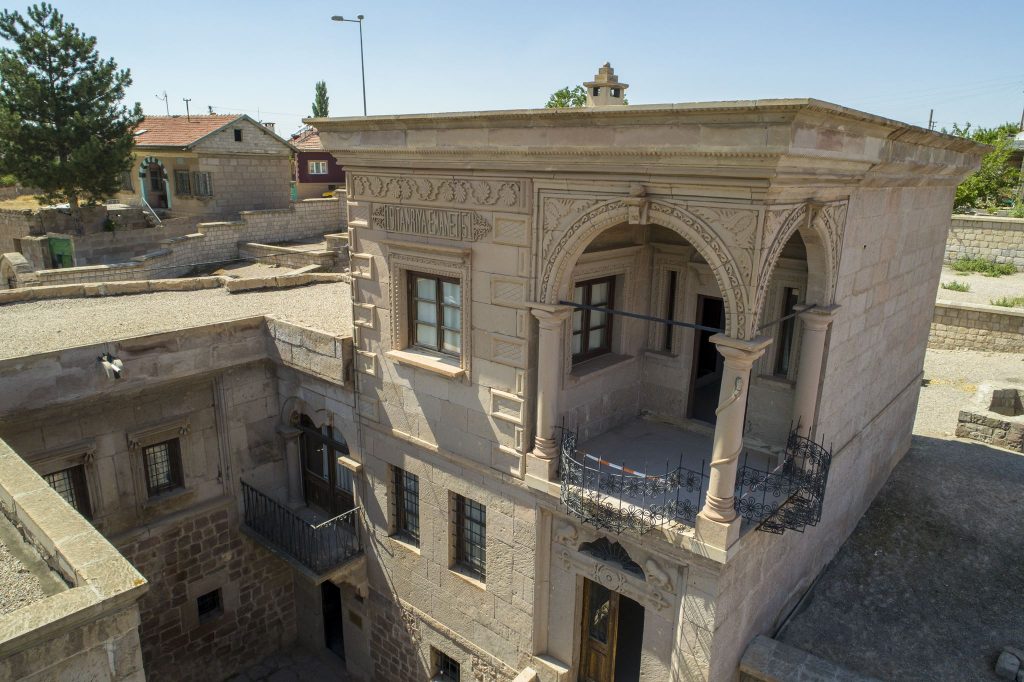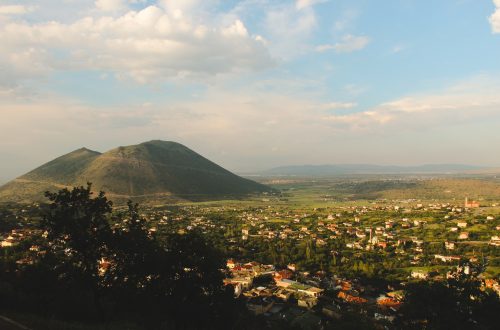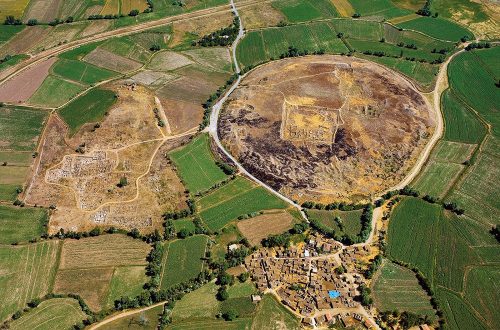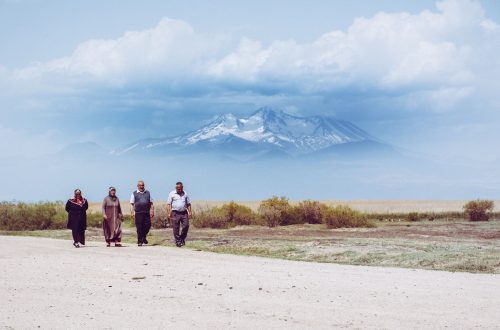
Agirnas: a home to rock-carved dwellings, historical houses, linseed oil factories, tunnels, and rock tombstones
Ağırnas means “Land of the Altar” in the Luwian language and “Earnest Man” in Arabic. The history of the settlement begins around 2000 B.C. Layers of Hittite, Cappadocian, Byzantine, Seljuk, and Ottoman settlements in Ağırnas compose the cultural heritage of different ages. The underground cities, rock-carved dwellings, arches, historical houses, linseed oil factories, labyrinths, tunnels, and rock tombstones reflect the historical identity of Ağırnas.
Valley of Ağınas
The valley begins from Büyük Bürüngüz village. The river in the valley runs towards the wetland of Engir Lagoon after making its way through the towns of Subaşı, Küçük Bürüngüz, Turan, and Özlüce. The 16 km-long valley is a wonder of nature like the ones in the Cappadocia region.
Ağınas underground cities
The environment of Ağınas is covered with red and white tufa basalt rocks. These soft rocks were carved to form underground cities, rock churches, pigeon-houses, and tombs. Ağırnas underground cities, which were used between the first and thirteenth centuries, had been extended during this period.
Turkish Muslim and Turkish Orthodox communities lived peacefully in this region for centuries. The Agios Prokopios Church, built in 1857, has been restored to be used as the “Museum of Culture and Art.”
Ağırnas has been a center of oil production since the 16th century. Historical Ottoman archives indicate that there were 28 linseed oil factories, 10 of which have been found in Ağırnas.

When visiting this region, the hospitable people of Ağırnas will offer their tandoori bread, famous cheese, and homemade ayran for you to taste during your visit.
Social and cultural activities are organized to celebrate the natural and historical identity of Ağırnas. Starting on the 9th of April every year, “Memorial Day Of Sinan, The Architect,” a week-long festival is held to commemorate his birth. Additionally, in the 2nd week of August, the “Ağırnas Culture and Tourism Festival” is held.
Great Sinan, the architect (1489-1588)
Sinan was born in Ağırnas in 1489. His hometown profoundly influenced him until his departure at the age of 21. The traces and effects of Erciyes Mountain and Ağırnas are easily observed in his works. In one of his writings, he said: “If it weren’t for Ağırnas, I wouldn’t be here.” This sentence proves the importance of Ağırnas to him.
Architect Sinan fountains
Architect Sinan built three fountains in his hometown to show his gratitude to Ağırnas. The names of the fountains are Sinan Pınar, Ağa Pınar, and Karagöz Pınar.




![Nature holiday in Estonia that never fails to amaze: geological miracles [2] Estonia: forests](https://www.globeandme.eu/wp-content/uploads/2023/07/maksim-shutov-xgNDOT9F2l8-unsplash-150x150.jpg)



